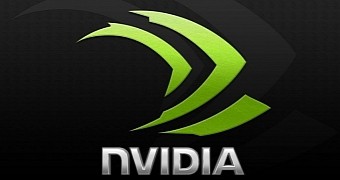Nvidia released a new short-lived proprietary graphics driver for UNIX systems, Nvidia 387.22, which introduces support for the recently unveiled GeForce GTX 1070Ti graphics card.
Support for the Nvidia GeForce GTX 1070 Ti was added only to the 64-bit and 32-bit Linux and FreeBSD drivers, as the Solaris build of the Nvidia 387.22 graphics driver doesn't offer support for this cheaper video card designed for gamers. A comparison between GeForce GTX 1070 Ti and GeForce GTX 1070 is available here.
Nvidia 387.22 also comes with the "NVreg_EnableBacklightHandler" nvidia.ko kernel module parameter to allow users to enable experimental handling of laptop backlight brightness, and G-SYNC as default for all supported Vulkan swapchains for Nvidia Maxwell and later graphics cards.
"Added G-SYNC to all supported Vulkan swapchains for Maxwell and up. G-SYNC is enabled by default when using G-SYNC-ready monitors. For direct-to-display swapchains, an application profile with "GLGSYNCAllowed" setting set to 'false' can be used to disable this feature," reads the release notes.
Support for YUV 4:2:0 compression, lots of bug fixes
Also added in the short-lived Nvidia 387.22 proprietary graphics driver is support for YUV 4:2:0 compression on monitors connected via DisplayPort, framebuffer console hot-plug handling to the nvidia-modeset component, as well as an "AllowGSYNC" MetaMode attribute for disabling G-SYNC completely.
The nvidia-installer was updated as well in this release and it can now use the init_module syscall directly instead of the libkmod and insmod combination to test load kernel modules. Also, due to incomplete support in GPUs, the interlaced modes over DisplayPort has been disabled by default for now.
You can download Nvidia 387.22 graphics driver for 64-bit, 32-bit and ARM 32-bit GNU/Linux operating systems, as well as for 64-bit/32-bit FreeBSD and Solaris machines right now from our web portal. However, please keep in mind that this is a short-lived branch, so it's better to stay on the long-lived one, namely Nvidia 384.90.

 14 DAY TRIAL //
14 DAY TRIAL //